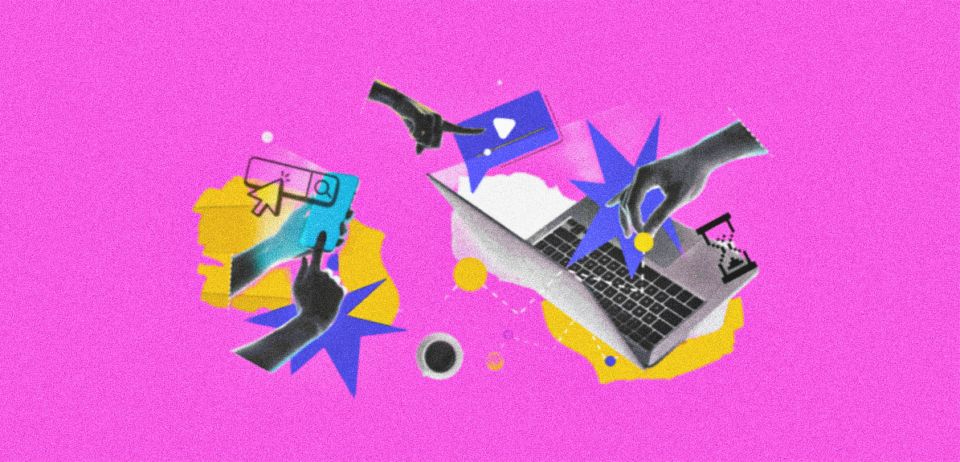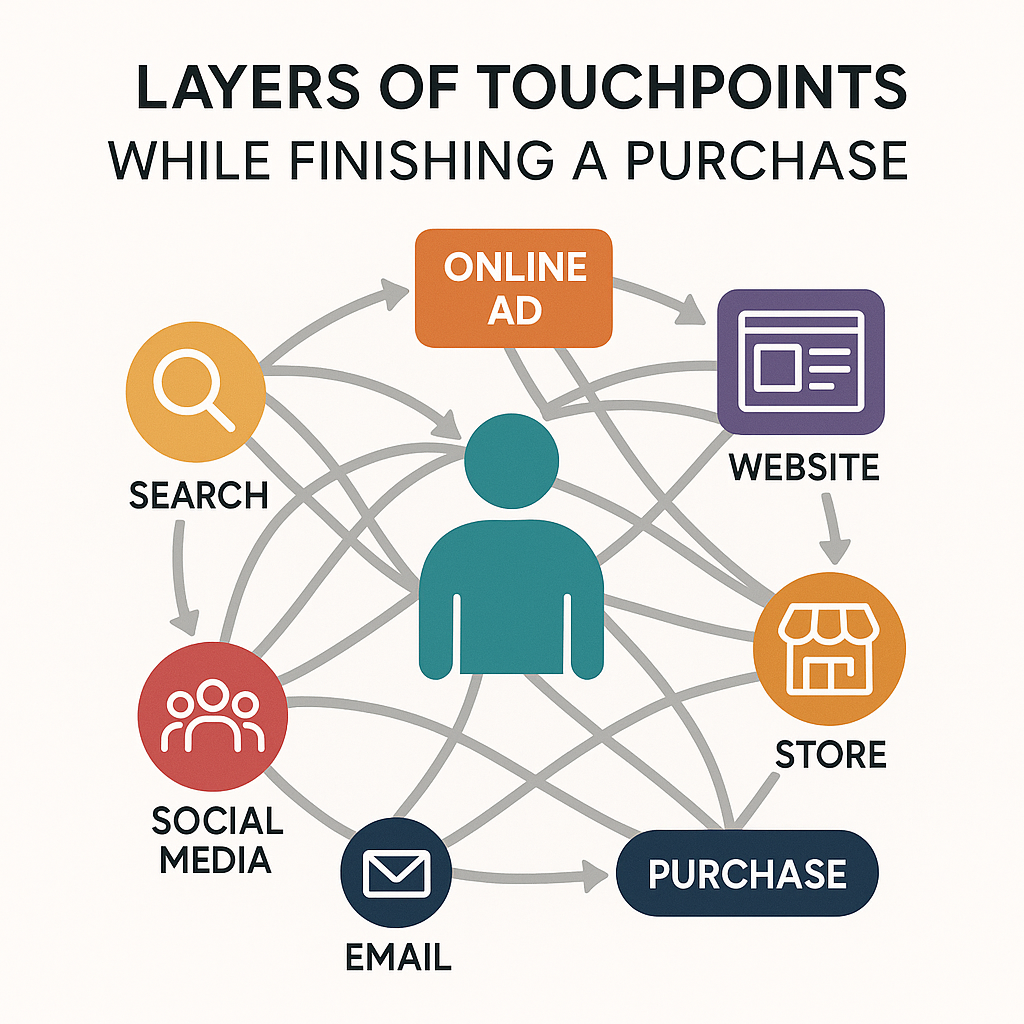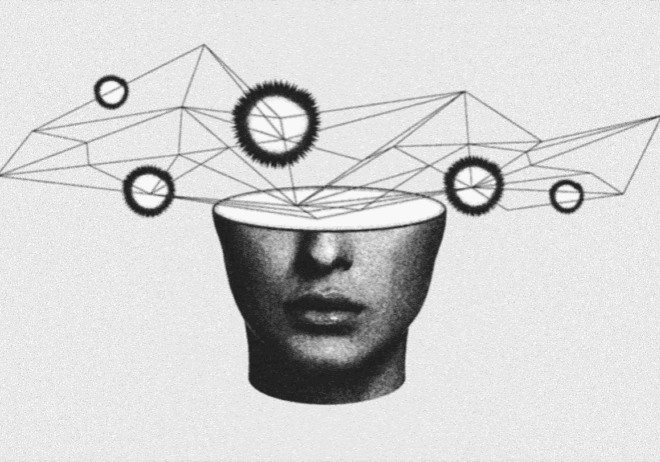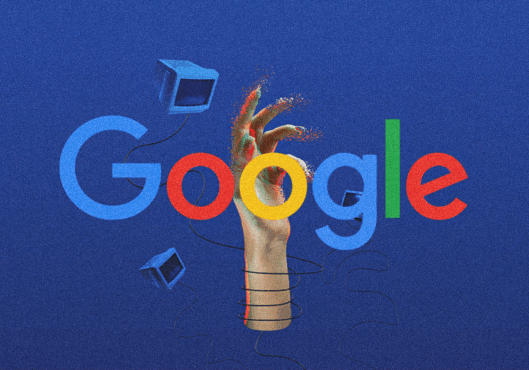
Over-Optimized Customer Journey Maps: A New CX Risk?
Customer journey map is a technical term, but when customers experience the journey and find it not worth the energy, brands fail.
I was trying to buy a subscription to Amazon Prime Video, and the entire process made me understand the meaning of the customer journey. I had to juggle between two apps for more than five minutes to get a simple subscription to watch a show.
I got what I wanted after reading some of the ‘how-to-do-it’ articles and watching YouTube videos. Why am I recounting this? Amazon Prime Video should not make its customers feel exhausted while buying a subscription.
Where is the flexibility? Why are you harsh on me on my weekends? Why are you not giving me what I want? That’s one example of overoptimization of the conversion funnel. Yes, there is some darkness in the marketing funnel.
We will shine light on the journey fatigue experienced by customers and how brands can navigate it.
Simple conversion touchpoints are necessary for the customer journey map
Whether you consider the finishing point as important as the starting line, brands must offer their users the simplest and fewest clicks option. Creating complex and loopy funnels and journey maps is useless when your user faces layers of touchpoints while finishing a purchase.
Amazon provides a one-click buying option, but in the case of an Amazon Prime Video subscription, there is no such provision or relief for customers. One must download the Amazon app to subscribe to its streaming service. This can be deemed a business pattern to increase footfall and downloading stats, but it is emotionally draining for a user looking for a quick watch.
In an era when attention spans are shrinking, AI is doing most of the tasks for humans, so why would brands think of creating decision fatigue in consumers? It triggers frustration, overthinking, and no conversion at all.

The non-availability of simple conversion touchpoints is painfully visible in B2B and B2C consumers. Google’s “messy middle” study for B2C states that users’ ping-pong between exploring and evaluating may abandon the process entirely.
The same is true for B2B. According to Gartner, 77% of B2B buyers reported that their most recent purchase was very complex or difficult.
Meanwhile, the conversion step is significant for brands and users, both for sales. Other aspects exist, such as adding overexposure to a customer journey map.
Human touch makes a customer journey map trustworthy
Humans create a customer journey map for humans, and it does not make sense if a buyer doesn’t interact with a human during the process. Whether B2B or B2C, AI agents cannot replace human interaction.
No wonder EMarketer’s Omnisend Survey reported that 2 in 5 shoppers abandoned purchases due to inaccurate recommendations, poor chatbot experiences, and other AI-related frustrations.
Meanwhile, the need for human touch has a different meaning regarding B2C and B2B customers.
B2C customers do not want to over communicate while making a purchase. Impulse buying has become a trend, and if a customer starts showing exhaustion in mid-journey, it isn’t good for business.
Conversely, B2B buyers go through longer cycles involving multiple stakeholders, detailed information, and personalized communication. AI chatbots and their over-automation may hinder relationship-building and trust. In B2B or considered purchases, conversing with a real person builds clarity, confidence, and reduces drop-off. Empathy and tailored advice can’t be automated.
Beware of over-optimization in a customer journey map
Love bombing is a toxic trait; when brands start doing it with their customers, they get annoyed. So, how exactly does a love bomb happen with a customer?
With the surge of AI, personalization, and digital platforms, the customer journey has been blown wide open. Attention is the first step. Brands must tread the path cautiously and not bombard users’ digital channels with emails, discounts, and targeted ads.
Omnichannel strategy in the time of AI can backfire if you over-optimize the communication. Your potential customers do not want to witness you at every moment. 35% of US adults consider email the most irritating marketing channel when a brand is bombarding consumers with offers, per Optimove.
Even B2B buyers are not immune to marketing burnout. The constant influx of promotional content can hinder decision-making and strain professional relationships. According to Martech Zone, 52.4% of enterprise employees experience high digital exposure due to high volumes of digital communication.
Mitigation is a must before overwhelm kills the sales
Personalization should be thoughtful and intentional. Inserting a customer’s name into an email or pushing a random discount is insufficient. Instead, brands must ensure that personalization adds value and relevance to the customer’s experience. Generic, one-size-fits-all messages masked as personalized content do more harm than good and often lead to disengagement or annoyance.
Next, optimizing the frequency of communication is key. Consumers are increasingly aware of their digital time, and overloading their inboxes or devices with constant messages is a quick way to lose interest. Instead of focusing on volume, brands should concentrate on delivering fewer, more meaningful interactions that resonate and respect the consumer’s attention span.
Transparency also plays a vital role in maintaining trust. Consumers want to know how their data is used, and brands that are open about their practices build stronger relationships. Offering clear options for users to customize their communication preferences empowers them and reduces the likelihood of opt-outs or spam complaints.
Finally, while automation has its place, integrating human interaction is essential, especially in complex or emotionally sensitive scenarios. Automated systems should support, not replace, genuine engagement. Giving customers access to real people when it matters most can significantly increase satisfaction and long-term loyalty.
Cut to the chase
A customer journey map is significant for brands to understand whether their channels and strategies are working. Overoptimizing the marketing funnel can lead to a crash, and the impact will be visible through ROI. Simplified customer mapping offers trust, credibility, and a better experience.


